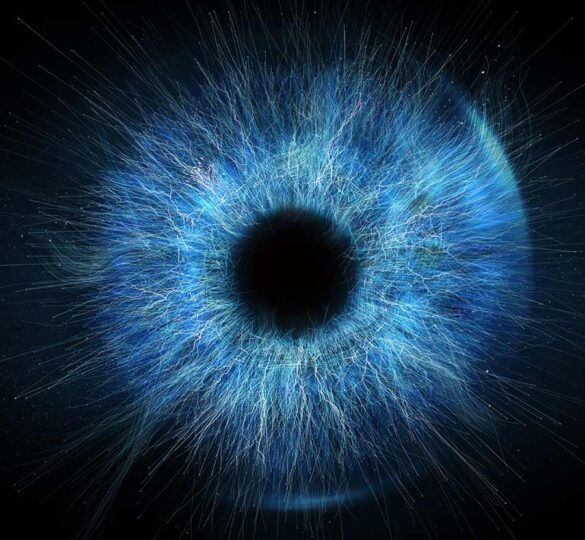Regenerating Lost Vision in Glaucoma

What can we do when patients have lost functional vision in glaucoma?
When we catch glaucoma early enough, we are fortunate in much of the developed world to be able to lower eye pressure with medicine or sometimes surgery and thereby slow the progress of the disease and prevent significant vision loss.
But what about when we don’t catch glaucoma early enough? For many patients in the United States, and perhaps most glaucoma patients around the world, diagnosis and treatment come too little or too late.
For patients who are on their way to losing or have already lost visual function—whether experiencing blurry or missing spots in their peripheral view, or loss of central vision, or legal or total blindness—lowering intraocular pressure is not enough. Also, many patients simply do not respond to treatment to lower pressure. These factors together make glaucoma the leading cause of irreversible blindness.
The fundamental problem with glaucoma therapy today is that it treats the main risk factor — eye pressure — without addressing the underlying reason for vision loss, which is damage to the retinal ganglion cells and their axons, which carry visual information through the optic nerve to the brain.
New Therapies on the Horizon
Fortunately, a number of new therapies in glaucoma are finally beginning to move from the laboratory to the clinic for human testing. Some of these are directed at preventing retinal ganglion cell and optic nerve degeneration, called “neuroprotection,” others at regrowing retinal ganglion cell axons down the optic nerve towards the brain, termed “regeneration”, and still others at replacing retinal ganglion cells altogether.
Human clinical trials, typically posted on the website www.clinicaltrials.gov, have begun to recruit and study patients with regenerative medicines in the form of topical eyedrops, intravitreal injections, or surgical implants. Our Phase I trial using a surgical implant to deliver ciliary neurotrophic factor (CNTF), a molecule known to promote neuroprotection and regeneration in models of glaucoma, will be completed this September and the data analyzed thereafter. A review of other treatments moving into human testing was recently published in Ophthalmology.
Advances in clinical trial design itself, and in measures of glaucoma diagnosis and progression, will also be critical to bringing new therapies through human testing to eventual approval. We cannot predict whether any of the current generation of new treatments being tested will prove protective, let alone restorative for patients’ vision. It is likely that therapies will have to cycle back and forth between the clinic and the laboratory. With every clinical trial, we will learn from the patients’ experiences and return to the lab to refine and improve candidate treatments, before testing in humans again.
Nevertheless, hope remains high for neuroprotection and regeneration in glaucoma.
Article by Jeffrey L. Goldberg, MD, PhD.
Posted on September 18, 2013; Last reviewed on April 19, 2022.

Jeffrey L. Goldberg, MD, PhD
Jeffrey L. Goldberg, MD, PhD is Professor and Chair of Ophthalmology at the Byers Eye Institute at Stanford University School of Medicine. Dr. Goldberg is a scientific advisor for the Catalyst for a Cure Vision Restoration Initiative, a collaborative research program developed by the Glaucoma Research Foundation.